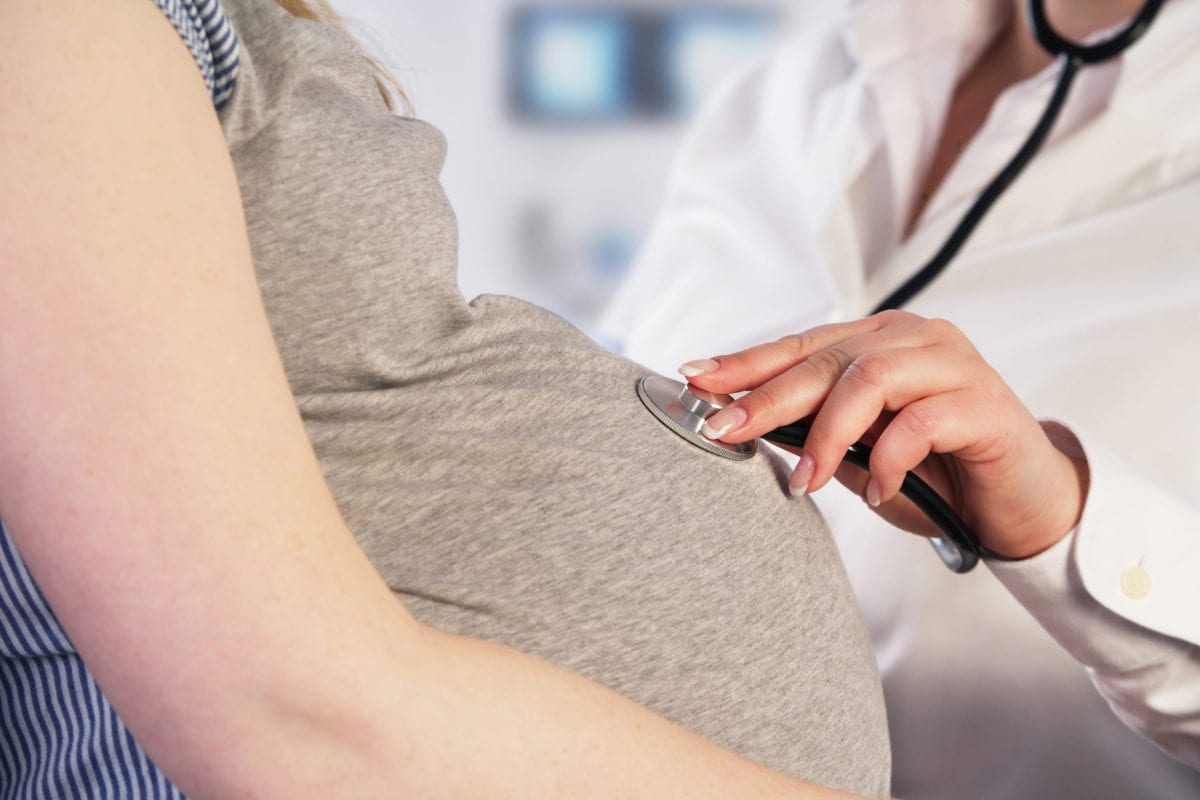According to multiple reports, the birth rate in the United States is declining. As the Centers for Disease Control and Prevention reports, from 1948 to 2018 the birth rate in America has declined by nearly half.
According to the CDC’s reports, “in 1957, the total fertility rate (TFR) reached a peak of 3.77 births per woman.” However, ever since then, the TFR has been on a steady decline.

“The TFR generally declined for the birth cohort referred to as Generation X from 2.91 in 1965 to 1.84 in 1980. For the birth cohorts referred to as Millennials (Generation Y) and Generation Z, the TFR first increased to 2.08 in 1990 and then remained generally stable until it began to decline in 2007. By 2018, the expected number of births per women fell to 1.73, a record low for the nation.”
Study Finds That the Cost of Birth in the United States Is Now More Than the Average Monthly Salary
As the CDC reports, with the exception of 2006 and 2007, “the TFR has been below the level needed for a generation to replace itself — 2.10 births per woman — since 1971.”

And while the CDC hasn’t concluded as to why the total fertility rate is at the lowest it’s been since 1948, many reports are inferring that the reason has to do with the increase in out-of-pocket expenses a family is left with after having a child.
As Mother.ly reports, even if a mom has health insurance through her employer, co-pays after having a child can still add up to be more than her monthly salary.
According to the U.S. Bureau of Labor Statistics, the “median weekly earnings of the nation’s 118.3 million full-time wage and salary workers were $936 in the fourth quarter of 2019.” Meaning, women with an average salary make about $3,744 a month.
However, as Health Affairs reports, the average total out-of-pocket medical cost after a woman has a child comes to about $4,500. That’s $800 more than what many women bring in a month.

As KSHB reports, the study revealed the cost of giving birth has risen more than $1,000 since 2008, when it cost $3,069.
According to Mother.ly, Dr. Michelle Moniz, M.D., M.Sc., an obstetrician-gynecologist at Michigan Medicine’s Von Voigtlander Women’s Hospital and researcher with the U-M Institute of Healthcare Policy and Innovation was the lead author of the study published in Health Affairs.
Dr. Moniz admitted she was shocked to learn that most women with employer-sponsored healthcare plans were still paying thousands in out-of-pocket costs. “These are not small co-pays. The costs are staggering. I don’t take care of a lot of patients who have $4,500 lying around for unexpected health care costs.”
She continued, “Maternity and childbirth care are essential health services that promote the well-being of families across our country. Reducing patients’ costs for these high-value services makes sense. We all want babies to have the best possible start in life.”

Dr. Moniz worries that the rising healthcare cost for mothers will not only put a burden on growing families but also encourage women to limit or skip their pre-natal and post-natal care.
She told CBS News, “For people who talk about the ACA, there seems to be this misconception that ‘Oh, maternity’s covered.’ Our hope is that policymakers take note now and change the situation. We want every family to get off to the best start in life, and this is an irremediable barrier.”
Mamas Uncut is THE online place for moms. We cover the latest about motherhood, parenting, and entertainment as well – all with a mom-focused twist. So if you're looking for parenting advice from real parents, we have plenty of it, all for moms from moms, and also experts. Because, at the end of the day, our mission is focused solely on empowering moms and moms-to-be with the knowledge and answers they’re looking for in one safe space.
